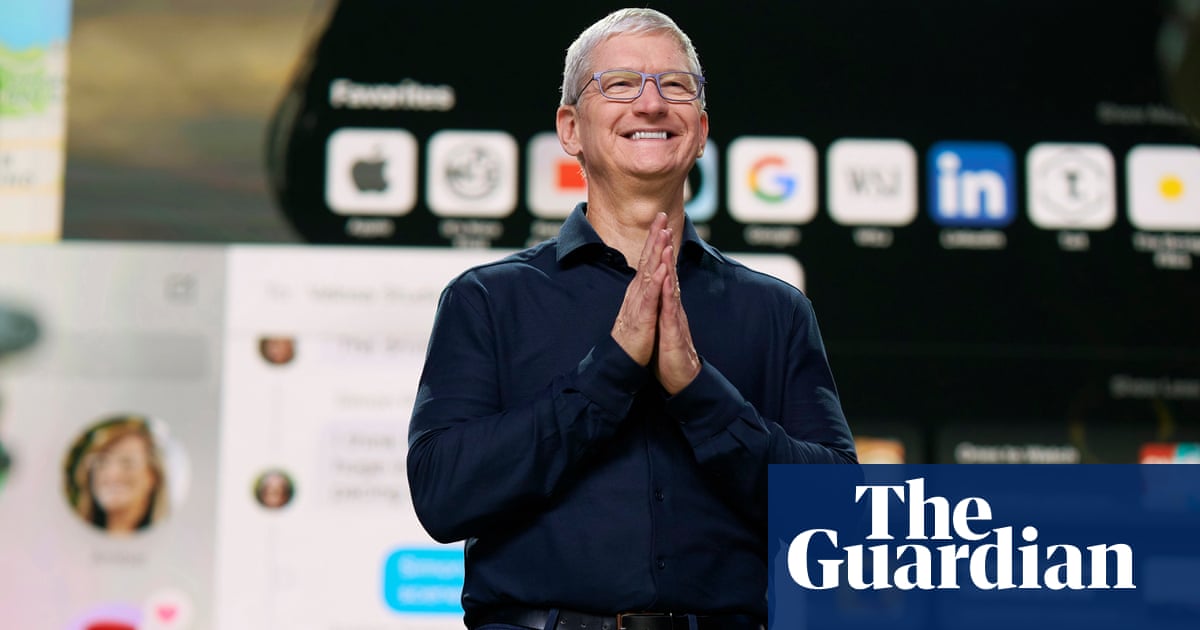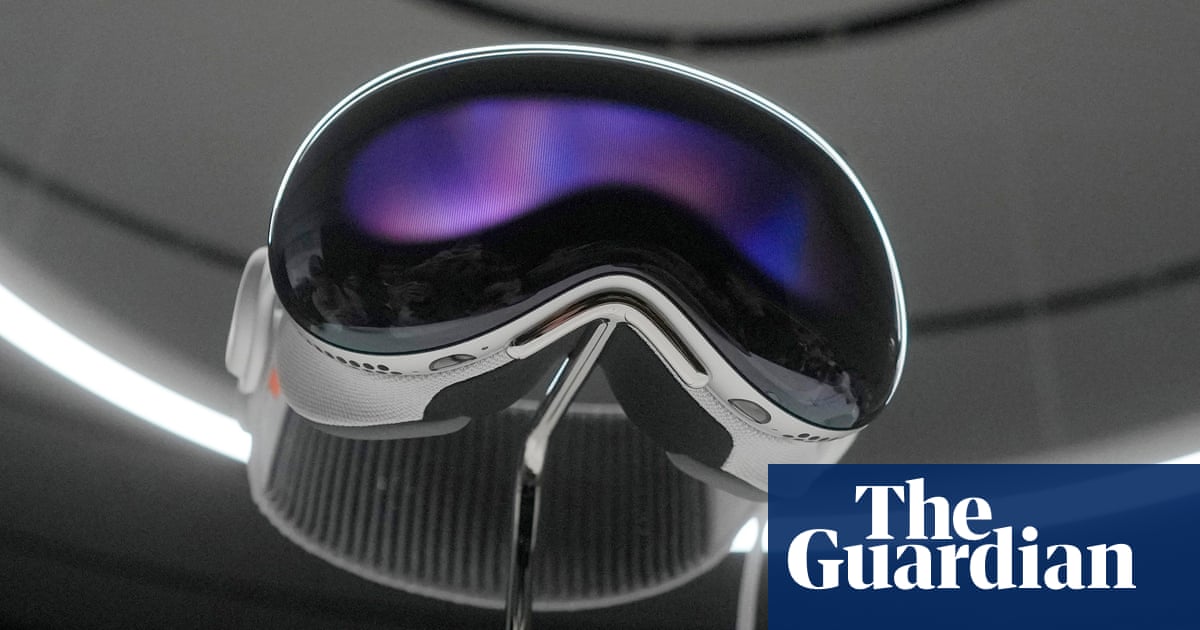
Next Monday will see Apple’s worldwide developers conference kick off, and with it one of the company’s two most important annual press events.
Typically, the keynote at WWDC (or “dub dub”) is a software-focused affair, previewing the next versions of iOS, macOS and so on for an audience of developers who need to get to grips with the updates before their launch in the autumn. It’s balanced out by the hardware-focused events oriented around each year’s iPhone launch, since Apple still likes to play the game of announcing and shipping its top-tier products in short order.
This year is shaping up to be different. Unless something changes at the last minute – which, given the WWDC keynotes have been prerecorded annually since 2020, is as I type this, unlikely – we will finally see Apple’s long-planned VR/AR/XR headset for the very first time. The chicken-and-egg problem of new software platforms always throws a spanner in the works for companies like Apple: do you sell a product with no apps, or do you give third-party developers the lead time to offer something on release day, and lose the element of surprise? In this case, Apple’s likely to pick the latter option, in part because the element of surprise is mostly lost already.
If even half of the detail we’ve heard about the forthcoming headset is true, it’s going to be a rare example of Apple releasing something that feels genuinely surprising, rather than a refined version of a product that is already on the market. Key points include:
A tethered battery pack, designed to sit in the user’s back pocket, to ease the tradeoff between power and performance on the one hand and weight and comfort on the other.
A screen on the front of the headset, designed solely to show the user’s expressions to the outside world, with the goal of making it more comfortable to interact with people wearing the device.
A focus on “passthrough” use, where a camera on the front of the screen shows the outside world to the wearer, with apps and features superimposed on top.
And, most importantly of all, a price tag of about $3,000.
That last point needs to come with a massive grain of salt, of course. Unlike hardware details, which can leak from the physical requirement of a massive international supply chain, a price can be changed up until the last minute, and needn’t be communicated outside Apple until devices are nearly ready for launch. Exactly this sort of mistake was made in the run-up to the iPad’s launch a decade ago, when common consensus settled on $999 as the entry price for a machine that launched at half that.
If true, a $3,000 launch would suggest a radically different approach to the strategy that Apple has followed since its reinvention as a consumer electronics company in 2001. Since then, the company has never openly courted “early adopters”, instead claiming (despite occasional evidence to the contrary) that its products are ready for the mass market from day one.
Who the imagined purchaser of a $3,000 Apple VR headset is will be one of the most interesting parts of the launch event. Is it a developer who wants to invest time in getting ready for the eventual launch of a cheaper model? Is it someone with a specific commercial need for the expensive gear? Or is it just a rich tech fan with money to burn on a cool new toy?
Don’t expect Apple to say that last one out loud, but without clear evidence to the contrary, it should probably be taken as the default answer.












